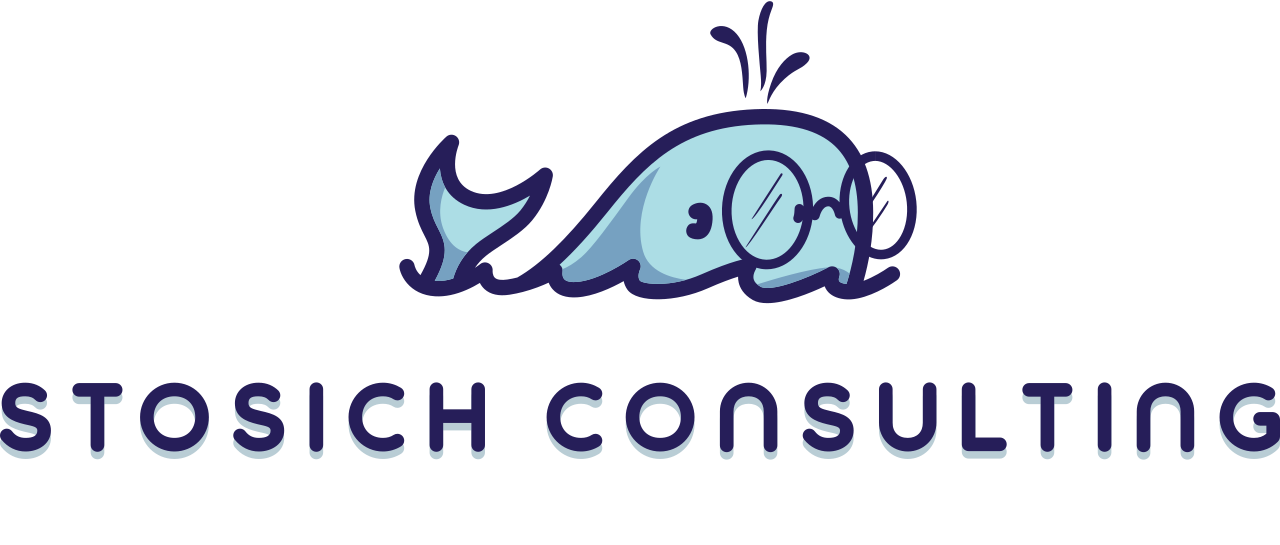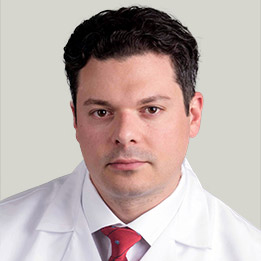When Are Temporary Anchorage Devices Needed?

For orthodontic patients with certain malocclusions, braces alone cannot create the ideal bite needed for a healthy and stable smile. Orthodontists use appliances such as headgear and elastics, and in extreme cases even surgery, to ensure patients have properly functioning bites. Temporary anchorage devices are a great tool many orthodontists use instead of headgear or surgery for eligible patients.
What is a TAD?
TADs are small titanium screws that are placed in a patient’s gum and jaw bone. They will then act as an anchor point to facilitate tooth movement.
Who needs TADs?
TADs can successfully help patients with mild to moderate open bites achieve ideal tooth movement, without the need for headgear or surgery.
Does it hurt to have TADs put in?
Your orthodontist will use a local anesthetic to numb the area before the implant is gently placed in the mouth. Patients should only feel a slight pressure in the area during the procedure. Once the anesthetic has worn off, there may be some discomfort for the first day. An over-the-counter pain reliever can help.
How long will the TAD be in place?
Typically, TADs are only needed for a few months during orthodontic treatment to facilitate a certain tooth movement. However, your orthodontist will determine the exact amount of time they’ll need to be in place.
What should I expect while the TAD is in?
For the first several days, it will be important to rinse twice a day with an anti-bacterial mouthwash. Then, throughout the rest of the time the TAD is in, use a gentle toothbrush or cotton swab dipped in mouthwash to gently clean the top of the implant. Do not touch or play with the implant, as this could cause it to become loose.
If the TAD causes any irritation in your mouth, use a bit of orthodontic wax to help. If it persists, contact your orthodontist.
What are the benefits to TADs?
TADs remove the patient compliance aspect that is necessary with headgear. In order for the teeth to move to their proper locations, a patient must wear headgear as directed by the orthodontist. Failing to do so could lengthen treatment time. But with TADs, the appliance is always there, so there is no need to remember to wear the headgear or place rubber bands.
Moving teeth involves a pushing and pulling relationship. When pulling a tooth into its proper location, there has to be something for it to push against to provide the force needed for the movement. Prior to the use of TADs, orthodontists used other teeth in a patient’s mouth to act as these anchor points. But that wasn’t always as effective, as sometimes the patients would see movement from both teeth, and not only the one the orthodontist wanted to be moved. TADs offer a stable anchor point from which teeth can be pushed or pulled to their ideal locations. This means individual teeth can be moved without affecting the positions of the other teeth that don’t need to be moved.
TADs may not be an option for all patients, but it can be an excellent alternative to headgear for patients who are proper candidates. They allow orthodontists to move difficult teeth in a more predictable way.
Where will TADs be placed in the mouth?
Where TADs will be placed in a patient’s mouth will vary from patient to patient, based on the movement the orthodontist needs to achieve. However, they will typically be placed in the bone between the roots of the teeth to provide the most stability. Your orthodontist will determine the ideal location to place the TADs to ensure ideal tooth movement that will result in your perfect smile.


